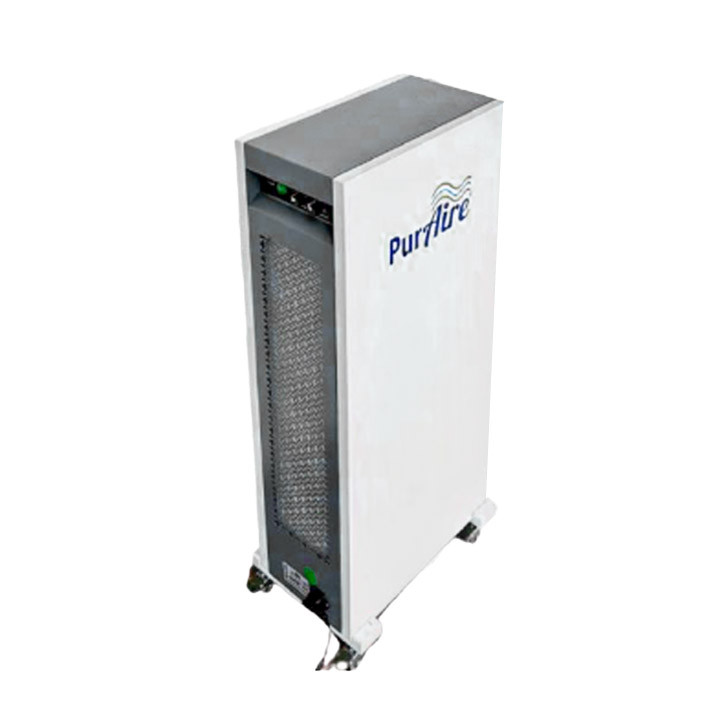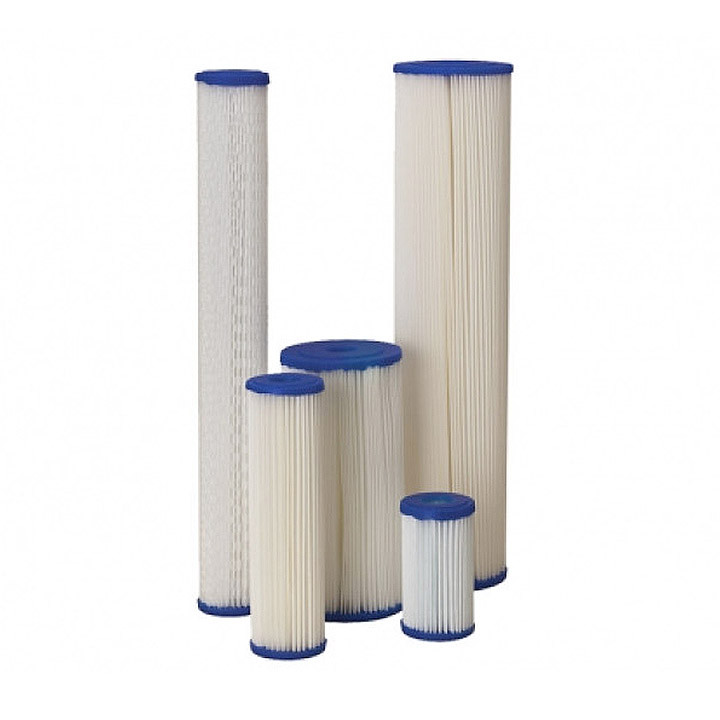
INDUSTRY
We offer expert solutions that meet your exact needs.
Micro Electronics
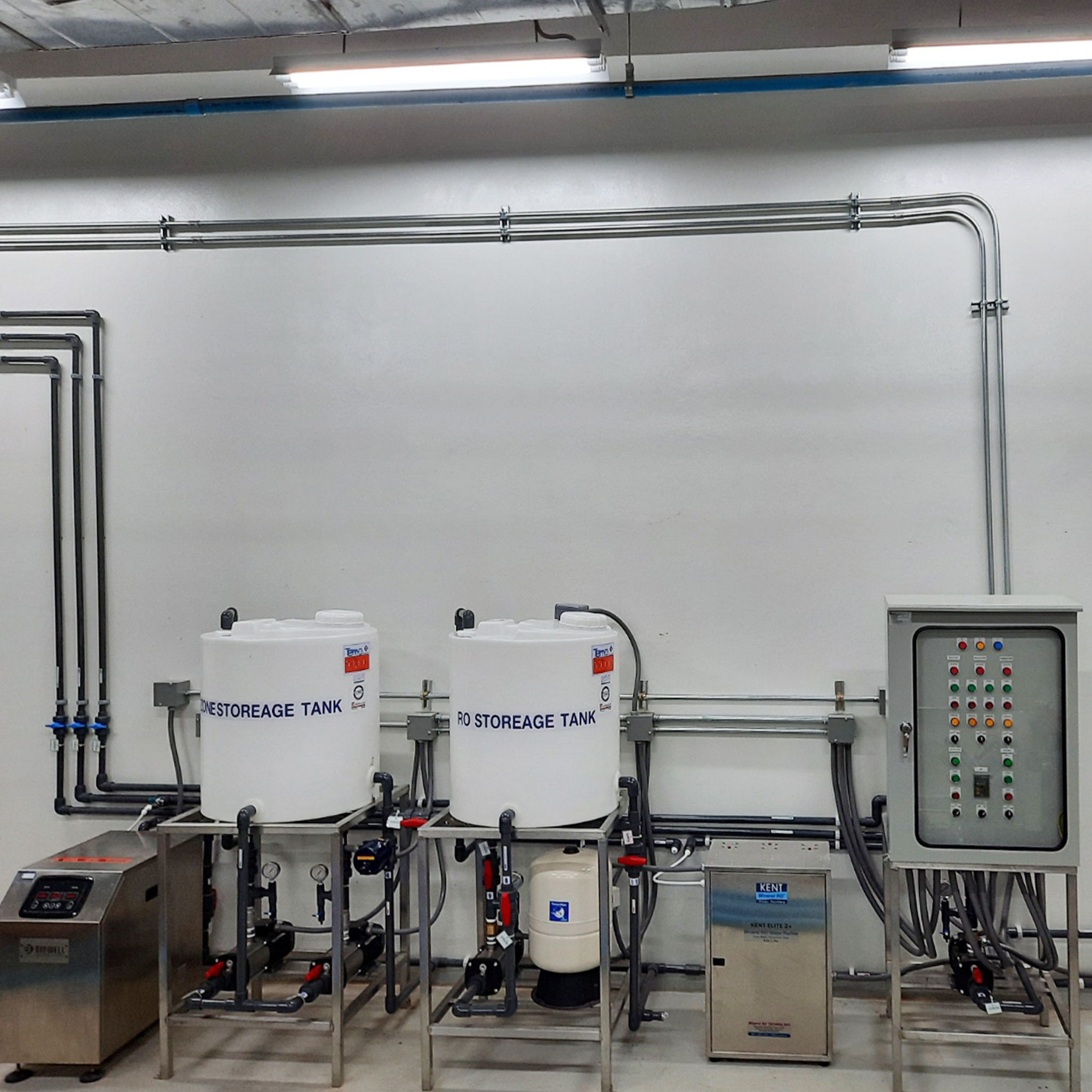
Water Treatment Solution for the Microelectronics Industry
The microelectronics industry requires ultra-pure water (UPW) for various processes, such as cleaning and rinsing semiconductor wafers, cooling systems, and maintaining precision in manufacturing. To meet these stringent needs, a specialized water treatment solution is essential. Here's a detailed breakdown of the solution:
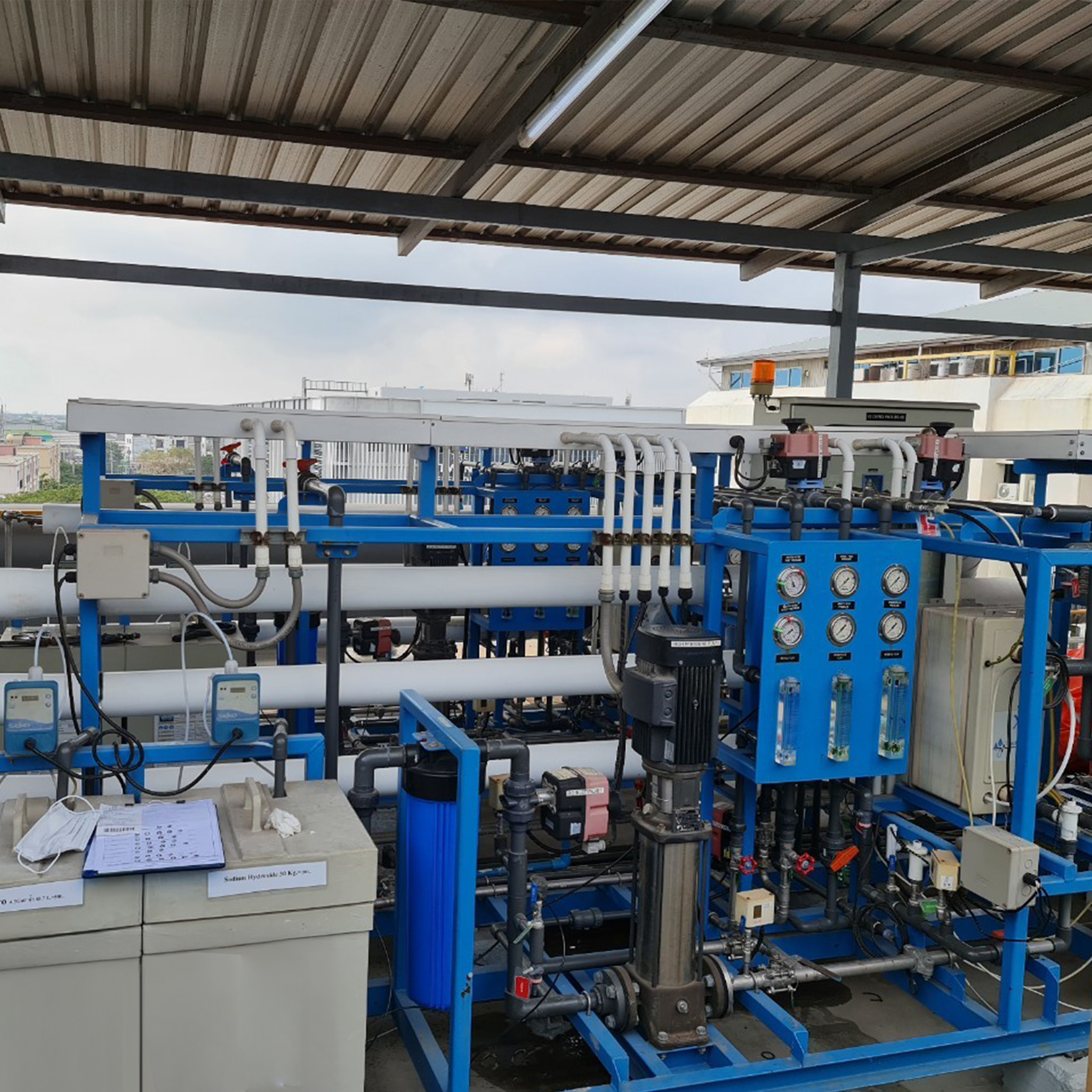
Pre-Treatment Stage:
- Coarse Filtration: Removal of large particulates and debris from raw water sources using multi-media filters (sand, anthracite, and gravel layers).
- Activated Carbon Filtration: Eliminates chlorine, chloramines, volatile organic compounds (VOCs), and odors that could damage sensitive equipment and wafers.
- Softening: A water softening unit removes hard water ions (calcium and magnesium), which can cause scale buildup in piping and machinery.
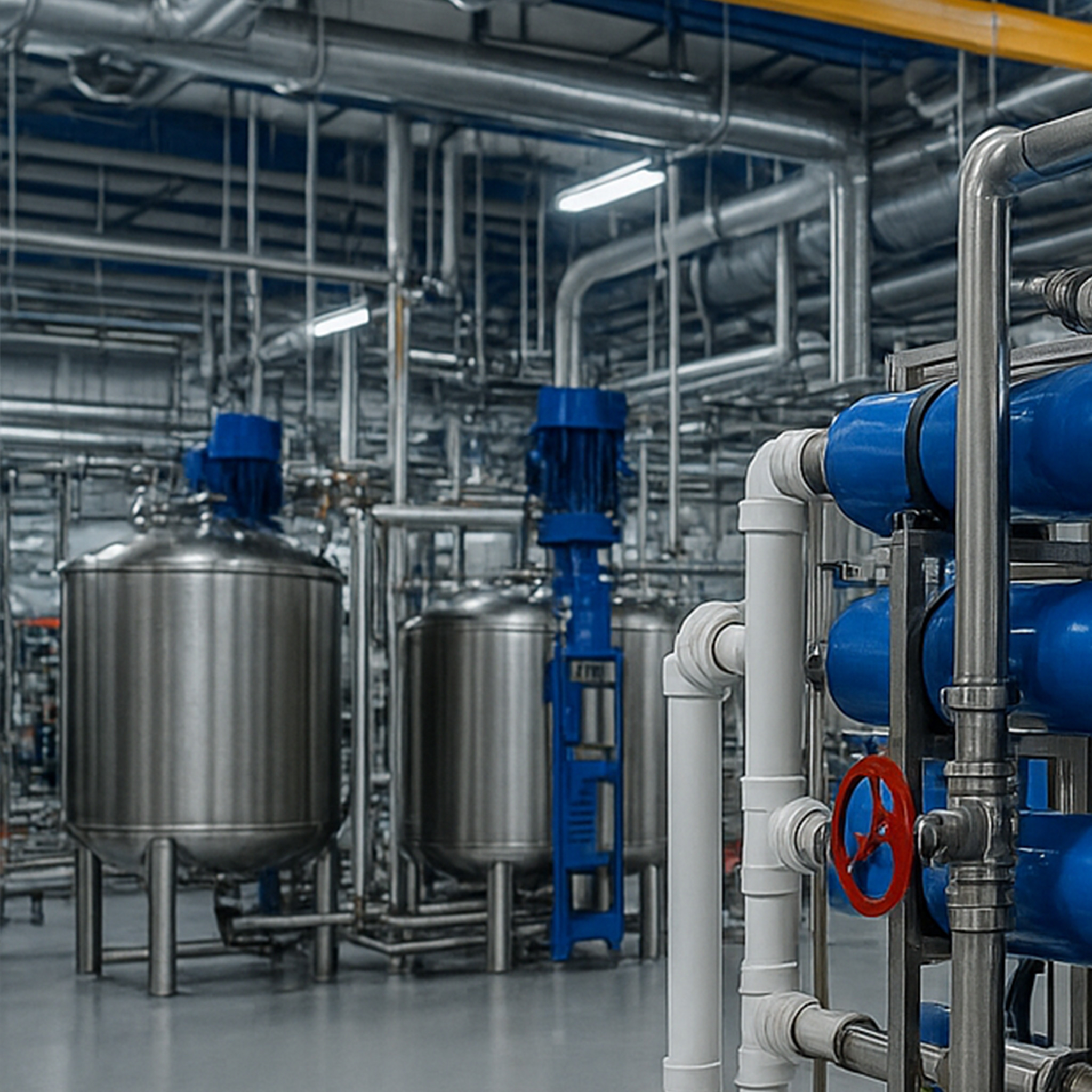
Primary Filtration & Purification:
- Reverse Osmosis (RO): This critical step involves the use of semi-permeable membranes to remove dissolved solids, ions, bacteria, and microorganisms. It produces water with low Total Dissolved Solids (TDS), which is essential for microelectronics production.
- Deionization (DI): A further purification step that uses ion-exchange resins to eliminate any remaining dissolved salts and minerals, ensuring water purity levels that meet or exceed the industry’s stringent requirements.
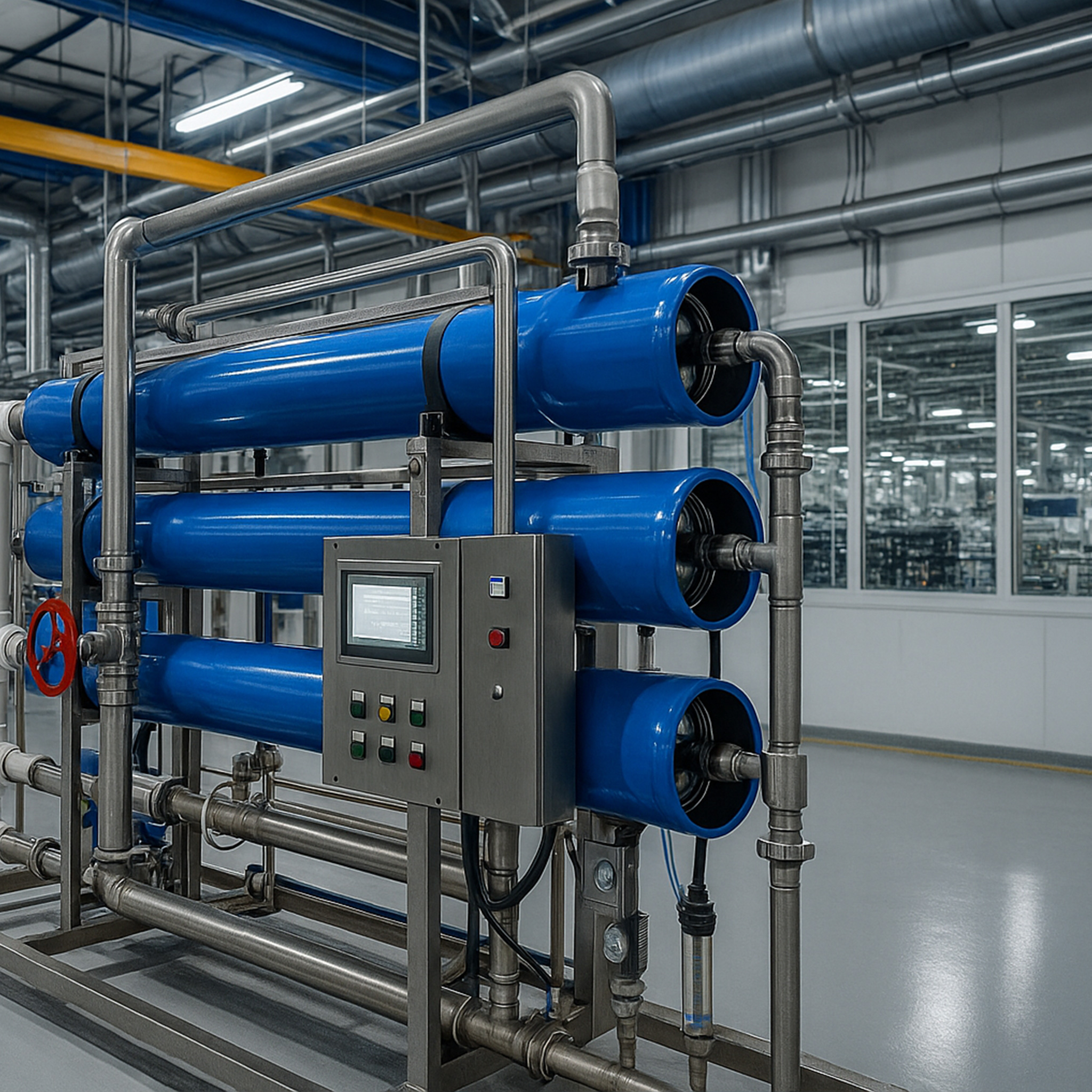
Ultraviolet (UV) Sterilization:
UV light treatment is employed to kill bacteria and viruses that may remain after RO and DI processes, ensuring that the water is microbiologically pure.
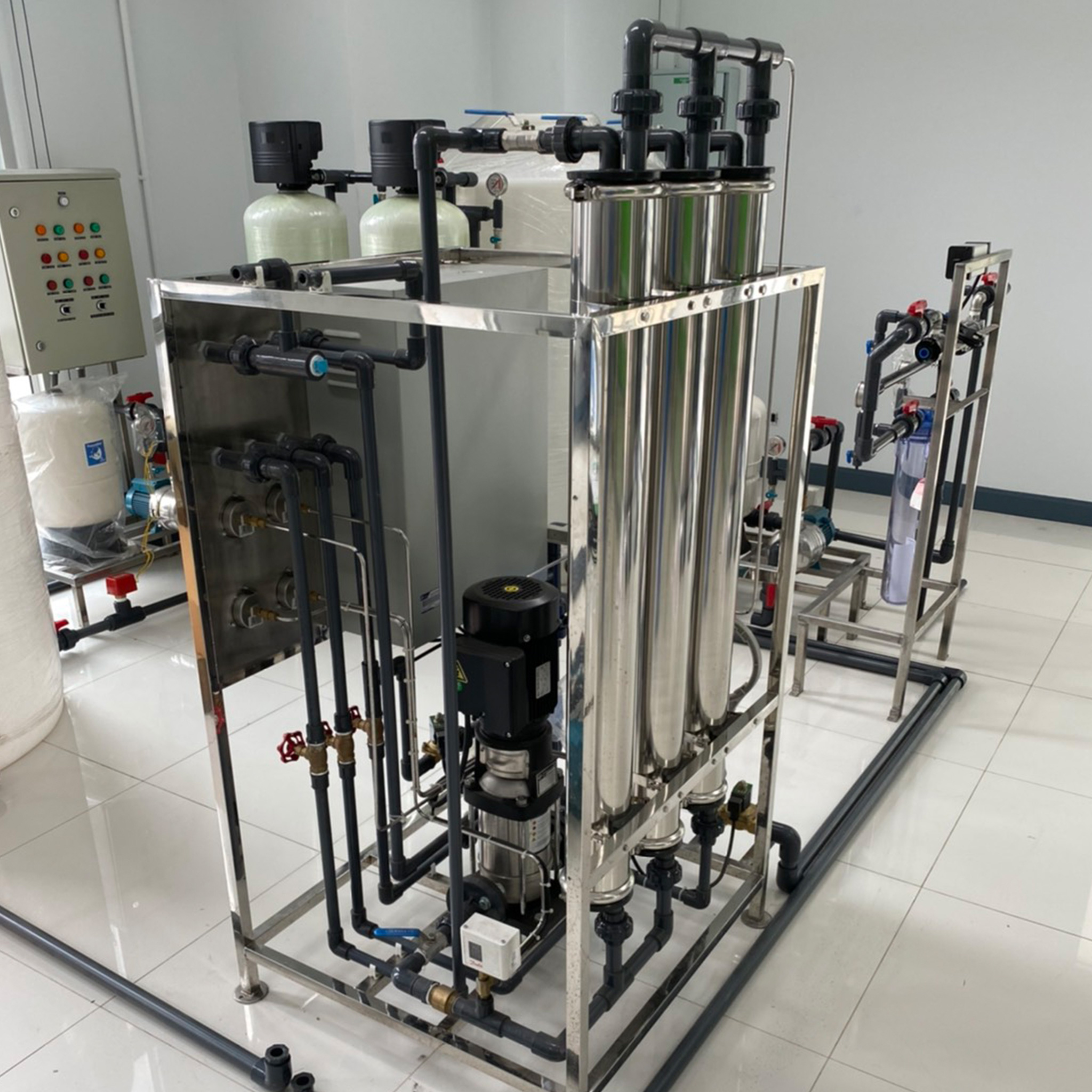 Advanced Filtration & Polishing:
Advanced Filtration & Polishing:
- Electro-Deionization (EDI): This technology works in conjunction with DI to provide continuous deionization and further polish the water, improving purity to ultrapure water (UPW)
- Micron Filter : High-efficiency filters, often at the 0.2-micron level, remove any remaining fine particulates that could affect the quality of the microelectronics.
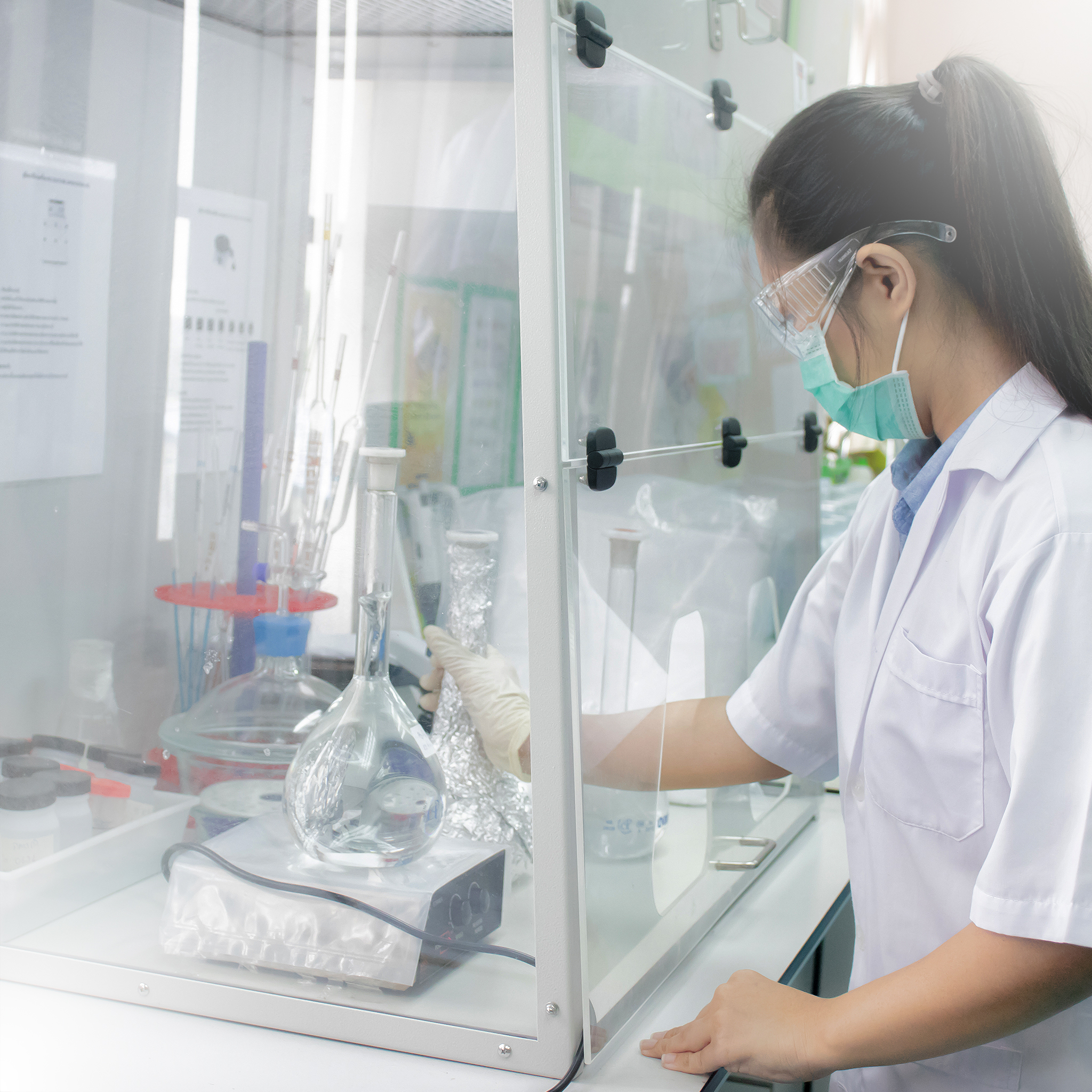 Water Quality Monitoring:
Water Quality Monitoring:
- Real-time monitoring systems for parameters such as pH, conductivity, TDS, and flow rate ensure that the water quality stays within the required specifications at all times.
- Automatic shut-off and alarm systems can prevent contamination or operational issues from impacting production.
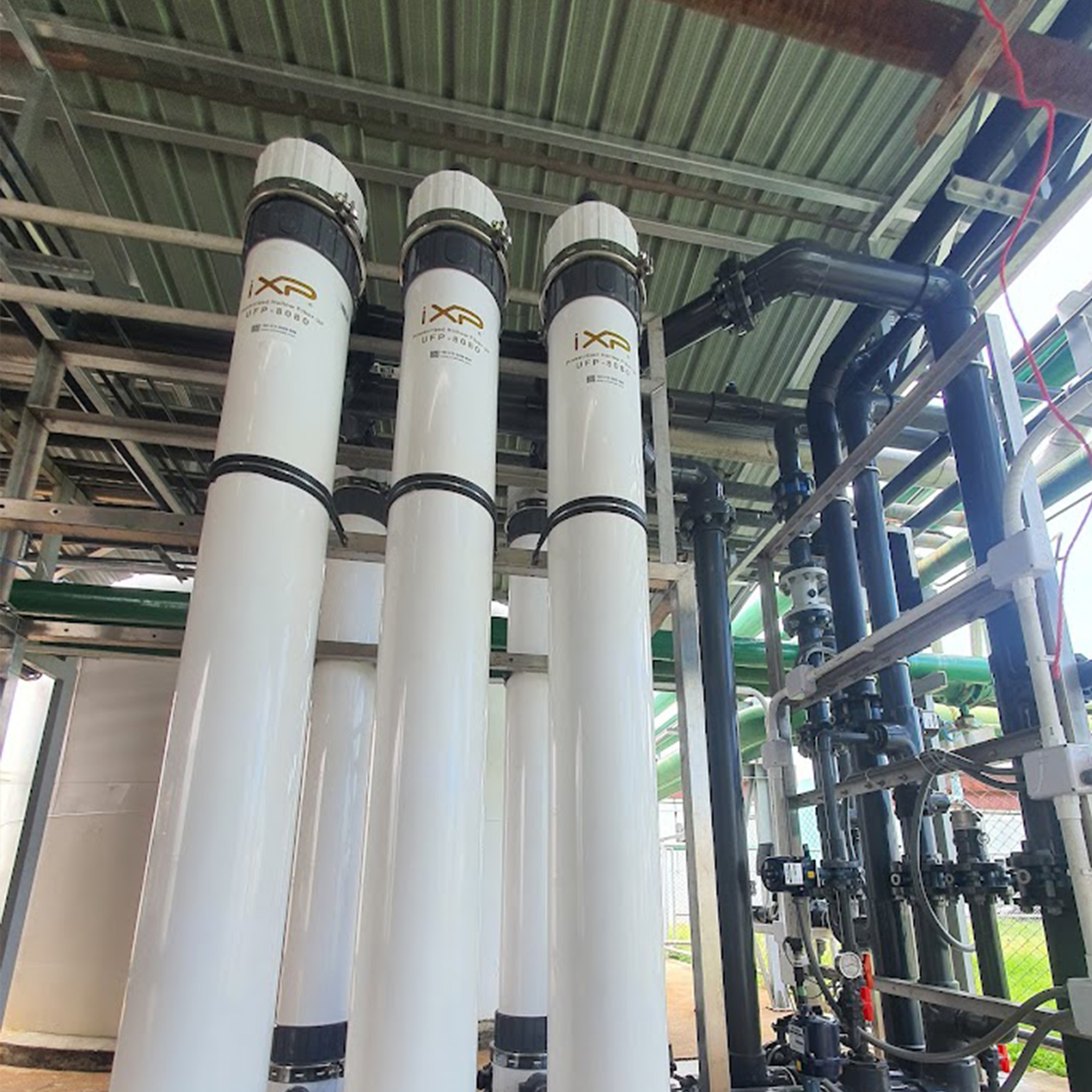
Recycle and Reuse:
- To optimize resource use, water recovery systems can recycle treated water for non-critical applications, reducing waste and minimizing water consumption. This is especially important in industries with tight water usage restrictions.
.
